Oklahoma City police launch information center to boost reaction time, share tech resources
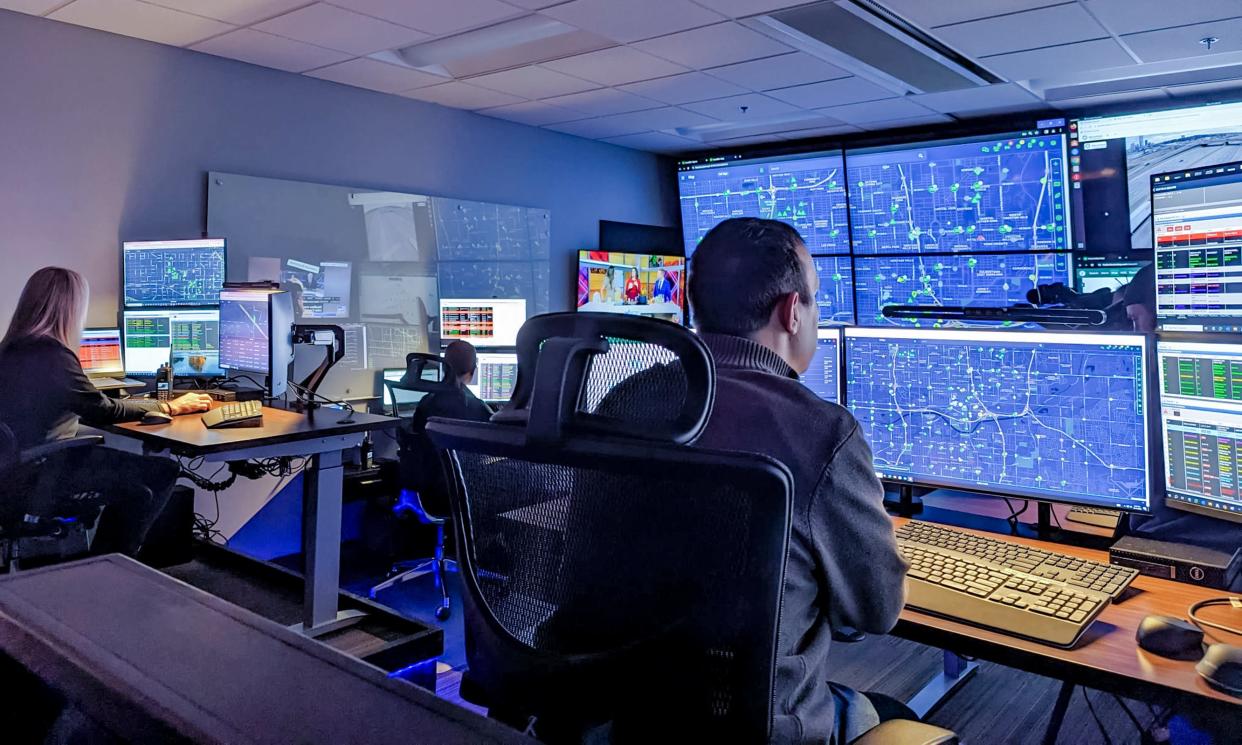
New technology is being rolled out by Oklahoma City police to coordinate quicker law enforcement responses and fight crime in “real time.”
This December, the Oklahoma City Police Department unveiled its “Real Time Information Center” at its main headquarters downtown at 700 Colcord Drive. The new system is meant to unify public safety resources in one central hub and allow officers to respond more quickly and efficiently while out in the field.
The Real Time Information Center uses a network of integrated cameras found throughout the city near major intersections, public spaces, businesses and even homes. Crime analysts watch the camera feeds and gather information to communicate to officers in the streets to respond more accurately and stop crime more effectively.
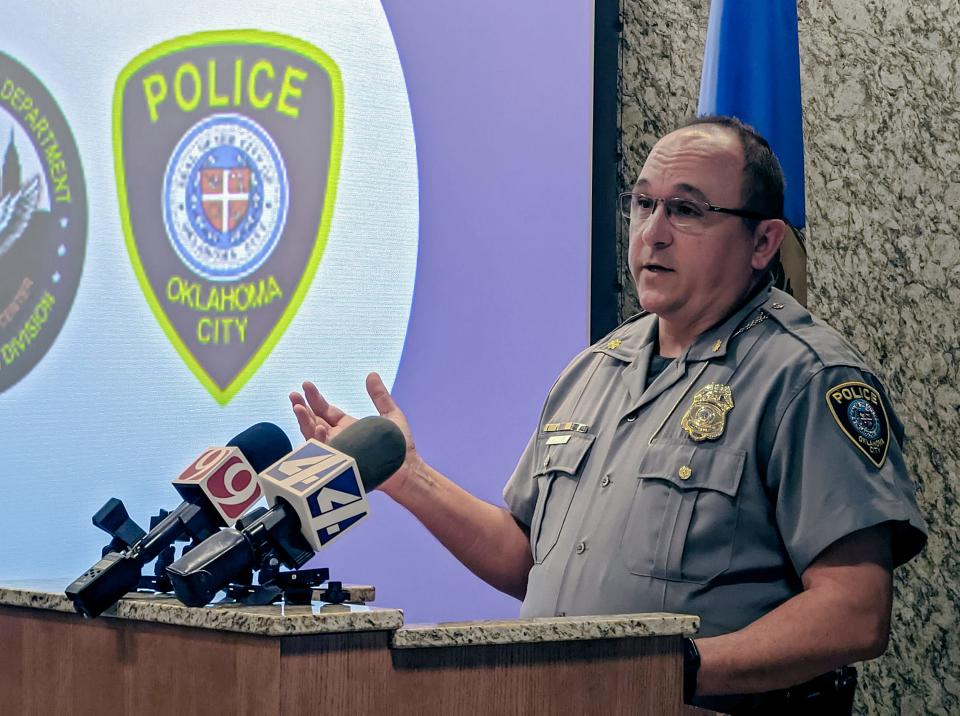
Maj. Jason Samuel, who oversees the Special Operations Division, said the Real Time Information Center’s camera network has recently helped police resolve Amber alerts with missing children and track down a lost Alzheimer’s patient by using license plate information to quickly locate vehicles. He also said the new network can help officers respond to disturbances and incidents at schools and businesses.
“For instance, if you have an armed robbery at a convenience store, sometimes we may get information that the suspect is driving a gray pickup,” Samuel said. “Well, we don’t want to stop every gray pickup driving throughout the city, so the analyst can pull up any cameras in that area and get an actual picture of the vehicle and know that it’s a Dodge pickup or maybe even get a tag number, so that’ll also help with unwanted contacts and unneeded contacts.”
Related: OKC's network of surveillance cameras help police identify suspected killers
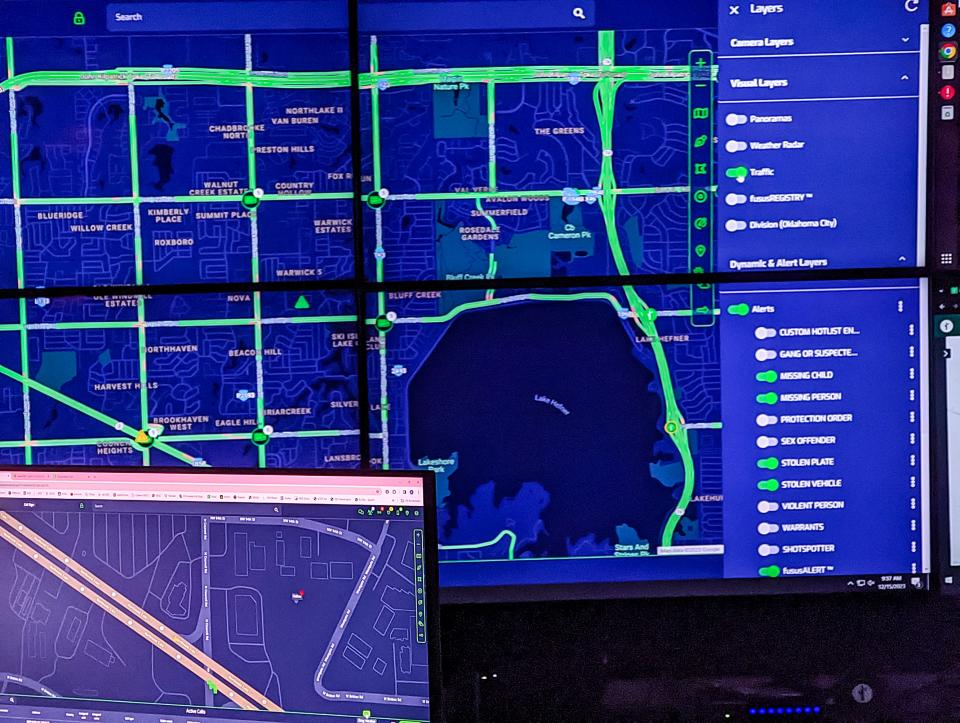
As of Dec. 15, police said 740 cameras were "integrated" into the system, allowing analysts to access the cameras during live operations, while 52 cameras were "registered," letting police know of the location of the cameras for them to later request information.
Some partners with cameras already fully integrated into the new police camera system include Trinity School, a special education school at 3200 N Walker Ave., and the Oklahoma City National Memorial & Museum, which honors the victims of the 1995 bombing of the Alfred P. Murrah Federal Building.
OKC Police address concerns about civil liberties and camera system
Some residents have voiced concerns about potential issues with mass surveillance and civil liberties, but Samuel said police were being transparent with the new system.
“Everything that’s done within the RTIC, there’s a log of every activity that’s done within the cameras,” Samuel said. “The RTIC itself is limited to personnel just assigned to the Real Time Information Center, and then any actions that are taken on specific incidents, the analysts will log that information so that information is always available.”
More: As OKC adds to its license plate-reading surveillance network, see what the cameras can do
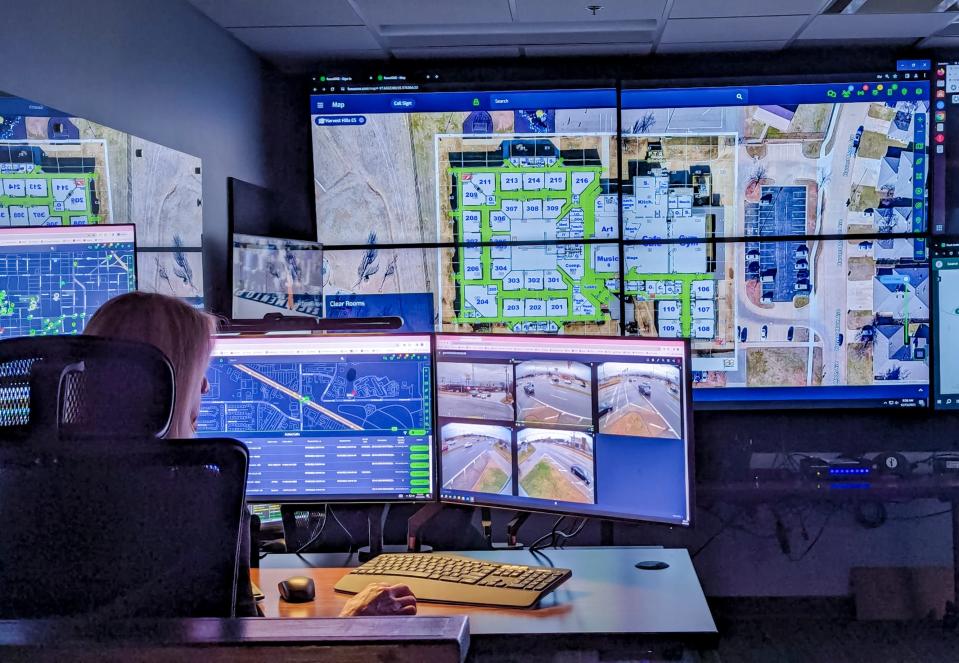
Oklahoma City Police Chief Wade Gourley said officers still have to follow the law when using the system and its information. The department is struggling with recruitment and retention, so police “have to learn how to do more with less,” he said, and the new technology would cut down on workloads during investigations. But the chief also said the technology does not negate a resident’s right to privacy within their home.
“These cameras, what they’re doing, is all things that are available publicly in spaces — they’re not in people’s homes,” Gourley said. “It doesn’t negate the fact that police have to get search warrants. The registering of the cameras is entirely dependent on the residents themselves if they want to do that. They don't have to.”
Residents and businesses interested in fully integrating their cameras into the Real Time Information Center’s Fusus system will have to pay a cost for additional equipment. Samuel said more information on the differences between device registration and integration can be found on the Real Time Information Center’s website at https://connectoklahomacity.org/.
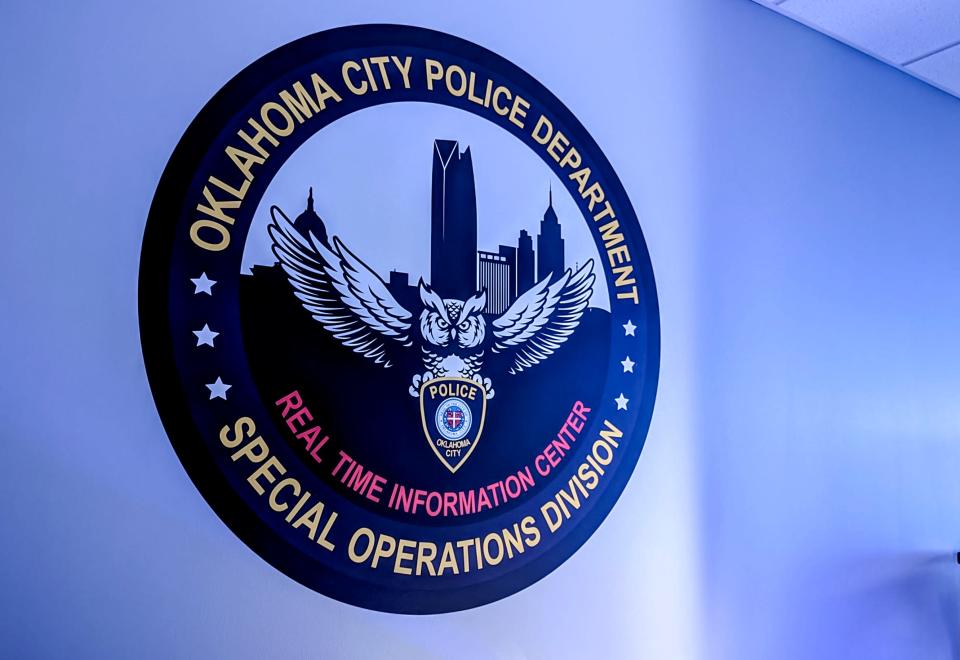
This article originally appeared on Oklahoman: OKC Police launch Real Time Information Center to boost reaction time

